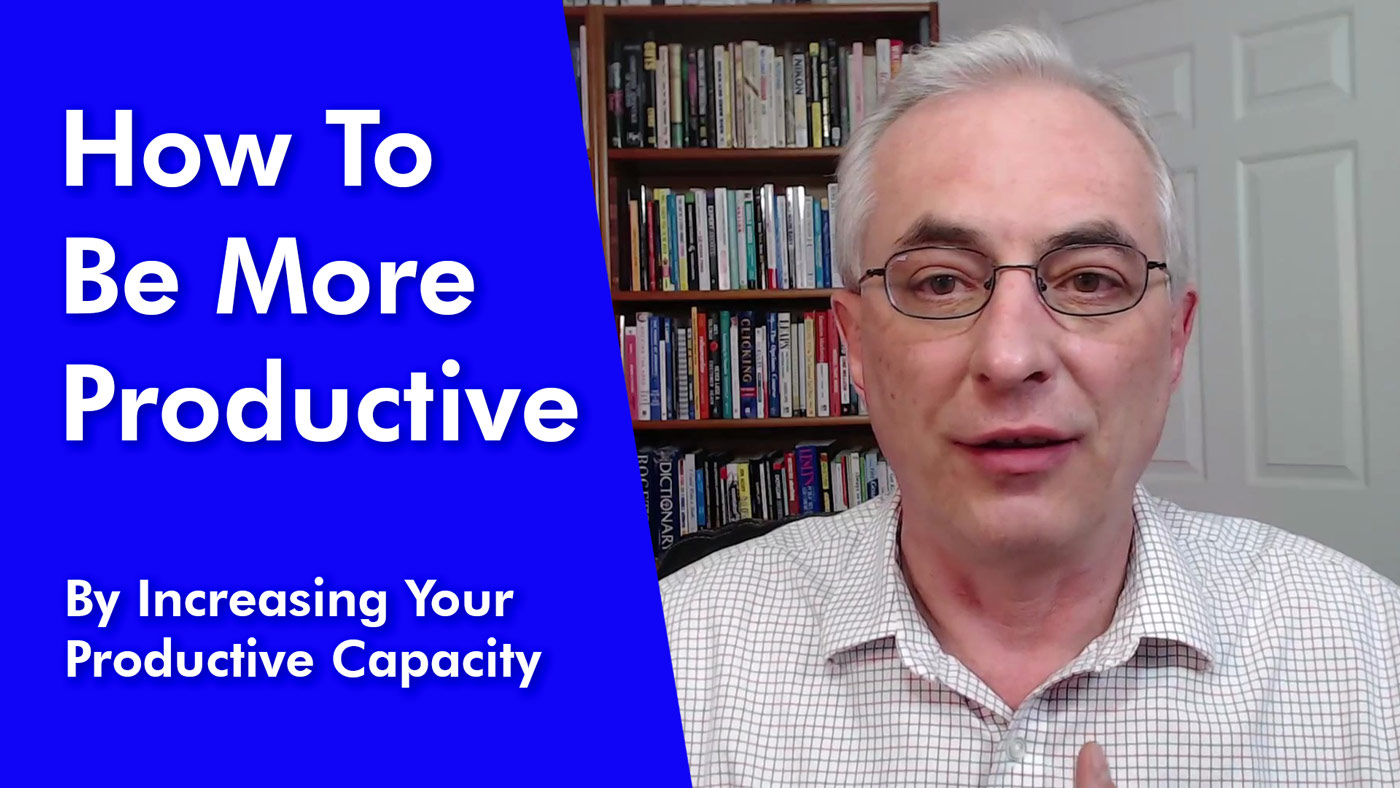Want to be more productive? To increase your productivity? The first step is to focus on your productive capacity - your ability to do the things that need to be done in less time so you can achieve the results that you are after.
Because productivity is not all about prioritizing your tasks or making better lists. Those are important, but if you really want to improve your productivity, it’s vital that you focus on your ability to complete the tasks you choose to do faster, leaving you more time to do other things.
Think about it for a minute: if you’ve got 8 things to do, each of which will take a hour to complete and all of which need to be done within the next 24 hours, which one of these will do more to increase your productivity?
- 1Put them into priority order (remember, all 8 of them still need to be done)
- 2Figure out a way to complete each task in 30 minutes instead of an hour
It’s pretty clear that changing your ability to complete tasks, so that you’re able to do them just as well in a fraction of the time, will significantly improve your productivity.
That ability to do things faster? That’s increasing your productive capacity.
Watch this video to learn more, and read on for a more expanded discussion:
Productive Capacity Example #1: Repurposing Content

Not long ago I was interviewed by someone for his podcast. When we finished he asked me to pause for a moment while he sent a text.
He told me that he had just sent a text to his assistant telling her that our interview was finished then explained to me what would happen next.
His assistant and staff would:
- 1Pull the video file off his phone
- 2Edit it for content
- 3Pull the audio from that file and turn it into the podcast episode, complete with introduction, music, ads, etc.
- 4Edit the video file for YouTube
- 5Transcribe it
- 6Rewrite that transcription into a blog post
- 7Cut video snippets out of the video to be used as teasers and independent messages
- 8Create 5 different social media posts
- 9And post them all in the right places at the right times to get the best results possible from that interview
This is very cool in three ways
- 1The system is already in place, so now all he has to do is to do the interview then send the text and everything else after is assigned, done, and posted through a combination of automation and delegation. Yes, it took some time and effort to create the system in the first place, but now that’s done, everything just happens automatically - there is no extra work required to make it happen each time, saving huge amounts of time and effort throughout the year.
- 2He gets all those results (in this case, pieces of content,) but only had to do the interview in front of the camera and send off that initial text, freeing up huge amounts of his personal time to do the genius work that only he can do
- 3All of this production costs him less because he no longer has himself, or other higher-salaried people doing low-wage level tasks
Productive Capacity Example #2: Developing New Ways Of Doing Business

You may live in an area that is served by the Aldi grocery store chain.
Aldi is a great retailer. If you haven’t met them yet, I encourage you to spend some time shopping there if you have one in your town. It's a downmarket chain - designed to deliver good products at a inexpensive price.
Everything in the company is designed to reduce costs. Just a few of the ways they do that include:
They don’t offer multiple brands and sizes of items. There is only one brand (and size) of ketchup on the shelf. That reduces costs to shelve, warehouse, order, inventory, and work with suppliers from multiple brands. It also allows them to have significantly smaller stores than the competition, saving on real estate, utilities, and staffing.
Second, the employees never have to removed most of the products from their packing cases. The front of the case is stripped off and the whole case is put onto the shelf, significantly reducing labor costs.
They don’t take credit cards enabling them to not have to pay a merchant fee.
They have a unique system of charging you a quarter to get a shopping cart which you get back when you return the cart, so they don’t have to have employees going outside to create long cart-trains to bring the carts back in.
But the system I find most impressive is the checkout process. They actively measure the scanning rate of their checkout personnel to reduce costs in that key function.
When they started doing this, they discovered that one of the problems with most packaging is that the barcode is too hard to locate and too small to effectively scan.
So, they improved the productive capacity of their checkout personnel by fixing their barcodes.
Instead of a 1 x 2” barcode located someone on the box of cake mix that the checkout person has to find, then turn the product in the right direction to get it scanned, the entire side of the cake mix package is one giant barcode. That makes it drop-dead simple to get the product scanned, significantly increasing the productivity of the cashiers. Their hands are flying, and the scanner is beeping like the drum beat in a top-40 hit.
Aldi has looked at everything in terms of systems - instead of following the path the rest of the marketplace has that yields some of the worst profit margins in big business, they actively used and oftentimes created from scratch, systems to increase their profitability, enabling them to make more profits while charging significantly less even than the WalMart at the other end of the parking lot.
Both of these examples show how a company created and designed systems to increase their productive capacity and reduce costs, resulting in getting more done in less time, and increasing their profits.
Use Systems To Be More Productive And Profitabile
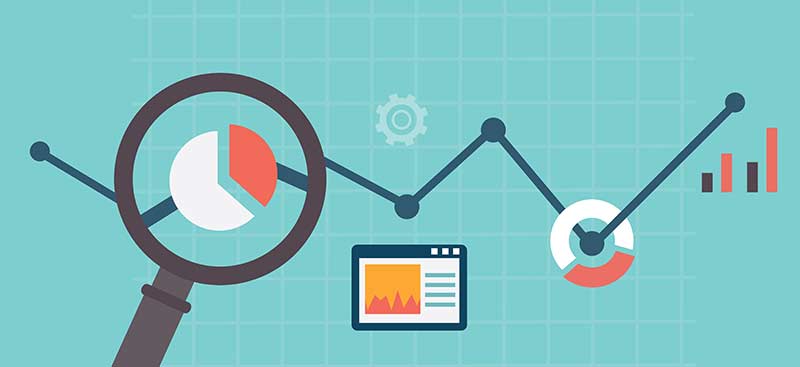
Everything that costs you time costs you profits in your business.
I invite you to think deeply about that statement, so I’ll say it again: everything that costs you time costs you profits in your business.
This applies to everyone in your company. Everything that costs anyone associated with your organization: your employees, your suppliers, and to some extent, your customers, will cost you profits in your business.
I regularly ask myself this important question: “how can I eliminate time in my business?”
More importantly, “how can I eliminate time over and over again in my business?”
If there's a process that's going to be performed once a week and we can make it 20% more efficient, I’ll get to enjoy the results of that improved productivity/cost reduction every single week for as long as that process continues to run in my business.
When you start to think these types of thoughts, you’ll start to revolutionize your business.
You’ll get to enjoy:
- 1Reduced costs because everything takes less time to finish
- 2Increased freedom, because once you fully systematize and document a task in your business, you can delegate it to someone else, so you no longer have to do it
- 3
Reduced costs because that person you can now delegate that task to probably gets paid less per hour than you do
- 4Improved quality because each task is done consistently
- 5Increased customer satisfaction because you’ll have your ducks in rows and serve them better
- 6Improved company culture, because you’re going to build the culture you want into the systems you create
Now, I could wax eloquent about the advantages of systemization, but I won’t because I recognize that you probably can’t drop everything right now and spend the next 3 months developing systems for every aspect of your business.
I get it. (Though wouldn’t it be cool if you could actually do that!)
Instead, I’m going to step back, and show you a few examples of things I’ve done in my own small business, none of which cost lots of time and money, to build productive capacity into my business and to move us closer to complete systemization.
It happens by focusing on answering these two questions:
- 1How can we increase our productive capacity - our ability to get more done in the same time?
- 2How can we build systems?
Here are some examples:
Faster Internet
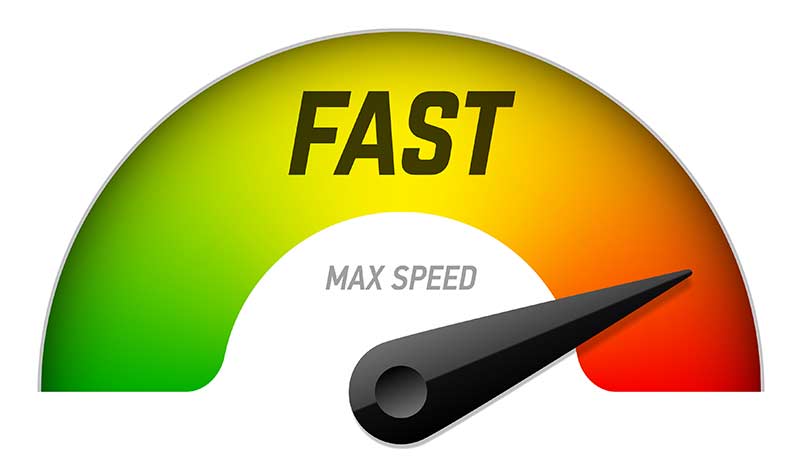
About once every six months, I have someone check the current options for Internet access available in our area.
Last month, I discovered that, for just $20 more per month than I was currently paying, I could double my Internet speed.
Not only does this increase our productivity, but our quality, with fewer zoom call breakups, less buffering in our live broadcasts and more.
$20 more per month for that? Done. It’s a good decision for you and it’s good for your customers.
Buy The Right/Best Tool To Do The Job
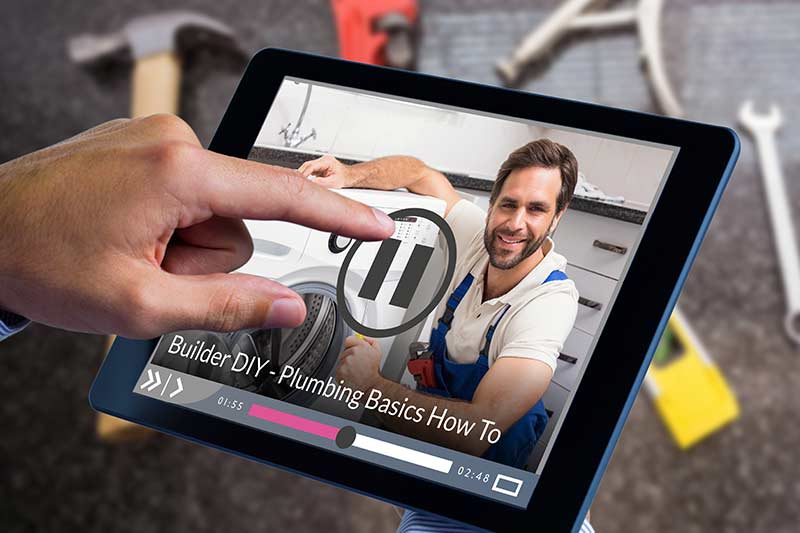
I’ve long believed in the value of paying extra to buy the best tool to do a given job.
For example, I hear people complain all the time that their hard drive is full so they can’t do anything until they spend a day cleaning everything out.
Excuse me. Are you really saying you’re going to waste an entire day of your short life going through a bunch of old files trying to figure out if you’re ever going to use them again, when for a very small amount of money you could just buy a bigger hard drive? I guarantee that is not an effective usage of your time!
And if you’re unfortunate enough to be a Mac person 🙂 I suggest you buy a very large external hard drive, and move all those subdirectories you haven’t opened in the 6 months onto it, giving you the space you need to do what needs to be done, while still having 60 second access to your older files when you need them.
The same thing applies to buying a second big monitor for your computer.
Or, let’s look at some software examples. I realize that there are many things that we can do on Canva. There are many things that can be done with a cheap or maybe even free graphics creation tool. Yet our default tools, anytime we need to do anything graphically oriented is Adobe Photoshop and Adobe Illustrator.
Why? Because they’re the best tool for the job. And because they have the largest user-base in the image-creation world, so when we have a question, a simple google search will give us at least 10 written and video demonstrations of exactly how to do it.
Or let’s consider video editing. Yes, we can edit videos in Camtasia, but we've had so many times where we couldn’t do something we wanted because of Camtasia’s limitations that we made the decision to move to Adobe Premiere. Why? Because it's certainly one of the best, if not the best at the level of performance we need. And, BTW, we were already paying for it in the package that included Photoshop and Illustrator.
Any time you can spend a few dollars and give yourself hours of time, especially if those hours are freed up over and over again, that should be high on your list of priorities.
You may have to drink home-brewed instead of Starbucks for a month, but wouldn’t that be worth it for a 10% increase in productivity, every day for the rest of your life?
Think about the examples I just described in terms of productive capacity - if something can be replaced that is stifling your ability to be productive shouldn’t you seriously consider doing so?
Use A Tool Designed Specifically To Do What You Need To Have Done
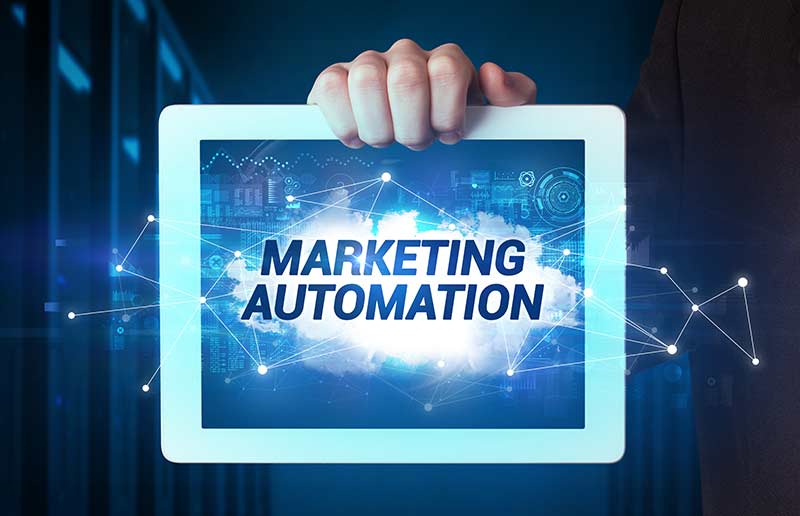
This is the inverse of the previous point. Sometimes you can do a task with the best-in-class tool you already own, but there may be another product that’s specifically designed just to do that one thing faster, better and easier. If that’s a task your team performs frequently, it makes sense to use the tool that does it faster (and oftentimes better.)
Here’s an example. Let’s imagine that I have a video I created in landscape mode for YouTube, and I want to extract 30 seconds out of that video for posting onto Instagram. Ideally that means that I’ll want to turn it into portrait mode and have the subtitles automatically appear at the bottom of every frame so that someone watching with the sound turned off can read what’s being said.
I can do it with Adobe Premiere.
But that requires a frustrating multi-step process that just doesn’t make sense, when you compare that process with the tools that are specifically designed to create amazing Instagram videos, complete with captions and integrating with Instagram’s tools to add other elements to that video. By all means, if there’s a better tool to do something, you should at least consider using it!
Automate It: Use A Tool Instead Of A Person To Do A Task

One blessing of computing power is the ability to have a machine do what a human used to have to.
I remember the day when I used to have to hand-load a CSV file containing the list of attendees to a webinar into Infusionsoft so I could send out different emails to those who attended from those that didn’t attend.
Now I have a tool that automatically does that (plus a bunch of other things) for me. Why use a person to do that job when a program can instantly do it?
I remember the day when I used to pay an assistant to track our rankings on Google and YouTube for specific keywords.
Now there are tools that do that automatically and email you an accurate, gorgeous report on whatever dates you have pre-scheduled them to appear.
There are tools to auto-transcribe videos and audio, to automatically create graphics, even to automatically write copy. Those tools aren’t perfect yet, but they give us a starting point, a first draft, and save hours in the process.
Here’s another example: I saw a post on Facebook the other day that said something along the order of “Hey, I'm editing a podcast episode where the host used the word “like” about 150 times every three minutes. I’m going to have to spend huge amounts of time editing out all his “likes.” How do I tell him that I’m going to have to charge him more to do all that extra editing that I didn’t plan in my original quote?”
I replied and said “why are you worrying about talking to the client? Put the recording into Descript, buy their $30 a month plan, then choose the option to edit out all the filler words, (the ums, the likes, the you knows, those kinds of things.) 10 seconds later, they’re all gone.”
There are people launching new tools almost every week that allow computers to do amazing things we have had to pay people to do for years. Watch for them, test them - you’ll be surprised at how many of them can be useful, and profitable, for you because they’ll significantly increase your productive capacity!
Set Up Integrated Systems
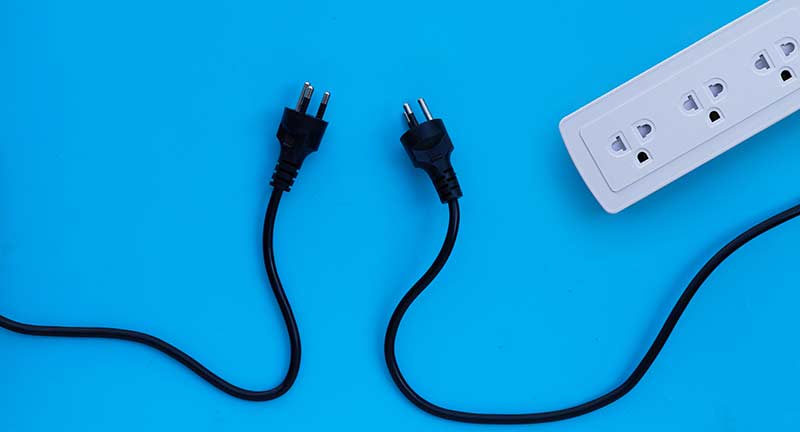
Even though I promised that I wouldn’t preach the gospel of systematization here, there are some simple ways to dip your toe into the water of systems that can be incredibly valuable.
You’re already doing this in many places in your life. My guess is that you probably always put the milk in the same spot in the fridge; that you have a system for washing your face, flossing and brushing your teeth before bed; and you’ve probably found the best route to get to the grocery store.
Those are all systems. They may not fully optimize the power of systematization, but every time you follow your mini system, you’re being more efficient than not using it.
I invite you to turn up your personal “systems sensitivity meter” so you can start seeing opportunities to build systems into more aspects of your personal and business life.
Here’s a minor, maybe even foolish example, but it works:
Whenever I broadcast live, I have two lights in front of me to light my face. I also have another one that lights the bookcase behind me. Then I have two little lights that add subtle color to the background.
While these are great from a lighting standpoint, it means that I have to turn on 5 separate lights every time I’m going to film a video or go live, then turn them all off afterwards. And it wasn’t easy, because all of the switches are placed in the most awkward position possible, on the back of the lights, (why can’t product designers think about these things?) so I have to reach around, blindly feeling around for the switches, without jarring the positioning of the lights, so I don’t have to reset them every time.
After a few times doing this, my internal systems sensitivity meter said “hey, you’ve got a classic systems problem here. What can you do to fix it?”
I could get all fancy and buy a different set of lights or do some programming to solve the problem, but instead I bought a $15 plug strip and plugged all those lights into it. Now, all I have to do when I want to turn on the lights is to click one switch on the plug strip, and the lights part of “lights, camera, action” just happens!
Will that one change make me more money? With a time savings of probably 90 seconds per day, probably not much.
But there are other advantages of building systems. One of the main ones is frustration removal. While this wasn’t incredibly frustrating, it was a little bit.
I’ve found that even small frustrations add up the stress in your life.
Not only does that $15 plug strip remove that frustration, but the exact opposite emotion occurs. I get to feel a bit of joy from “I’m so proud of myself for figuring out that simple solution” every time I click that switch!
This is just an example, a very small thing, that can help you to improve your productive capacity.
If you go through life with a mindset that says, “every time I find myself being a little frustrated, I’m going to ask if there’s an easy way to eliminate that frustration.”
Then when you figure out that solution, create a system. Sometimes it will be as simple as click this switch to turn on all your lights. In other cases, it will be more complex so you’ll want to document it in writing or a video, or both, showing exactly how to do it. You can then use that system over and over again to save you time, money, and frustration.
Many mini systems can work wonders in your life!
Use Redundancy To Simplify Your Life

I'm not a road warrior by any means, but pre-Covid, I was on the road a couple of times a month.
And a problem kept happening. Upon arriving at my location I’d find that I’d forgotten something like my razor, charging cords, etc.
True to form, my systems possibility meter kicked in and I started asking myself how to solve that. For a little bit I was creating lists of all the things that I needed to pack each time. That was great, but it added time, and my wife will tell you that I hate spending time packing.
Then one day I asked why am I doing this? Why do I have a packing list? Why not just pre-pack everything?
Now I have two sets of toiletries. I have a home razor, and a travel one. I have a second toothbrush, toothpaste, the medications that I take, everything. They live in a bag that I can just throw into my suitcase when I travel. Bam, problem solved.
I have two firm rules that govern that bag.
- 1I always restock anything that needs to be when I get home (and I have a system that reminds me of that, BTW)
- 2I never take anything out of that bag at home, so I never have to worry about whether everything is in it when I travel
Here’s another example: I have another bag that lives in my backpack, containing everything I need to live electronically. All my charging cords are in there for my phone, computer, iPad, etc. This time I don’t even have to throw it into my bag while packing, that bag lives in the backpack that’s always on my back when I leave the door.
Then I took it another step. Since it works for travel, why won’t it work at home. Now I have a full complement of charging cords on my desk, and another by my bed, another downstairs in the living room, and another in the kitchen where I sometimes work. Cords never move from place to place. They’re cheap. I’d rather pay $7.63 to get another one and have it always be right where it needs to be rather than saving that money and moving my single cord all around the house, which means that the cord is never where it needs to be when I need it, avoiding the frustration and the time.
Who would have thought redundancy would be a good thing? (Besides NASA and the military - hey, maybe they’ve just figured it out before we did.)
Remove Bottlenecks In Your System
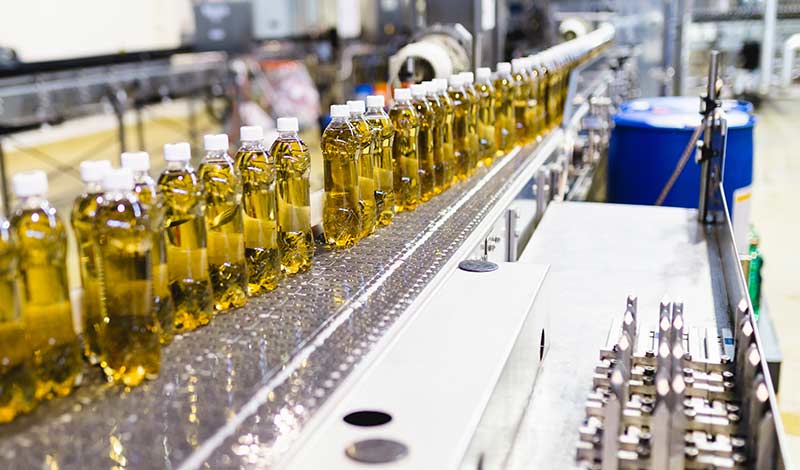
Imagine a company that has a production line that currently produces 100 cases per hour. The machine can actually run at 150 cases per hour, but there’s one part of that process that can only do 100 cases per hour.
That’s called a bottleneck or a speed limiter.
If they can improve the productivity of just that one part of the production line to 150 cases per hour, they will have just improved the productivity of the entire line by 50%!
What are your bottlenecks or speed limiters?
Let me give you an example. At one point in my business I had an ecommerce business that required me to stop doing whatever I was doing, no matter how profitable that task was, to process and ship orders before the post office closed at 4:30. One day I did an analysis and discovered that I was stopping thousand dollar an hour work to process on average $34 of business a day.
It just didn’t make sense. So I killed the physical shipping part of the business and turned it all into digital downloads. And within a year was actually making more sales than I had been when I was only offering physical products - and making more as a result.
Other bottlenecks can be things like underperforming computers, commitments to work for other people or clients at a rate significantly lower than you could be earning otherwise, needing to pick up a child from school at a certain time every day, you being the only person who can create content/graphics/email copy, etc.
What’s holding up your production system? What could you do to fix that?
Use Fixed Setups Wherever Possible

I used to have a recording studio in my extra bedroom. The problem is that whenever company came, I had to clean it all up and put it away so they’d have a place to sleep.
Another consequence of that was that I would avoid doing video because it was too much work to get everything out and set up again.
Now I’ve fixed that with a “permanent set” here in my office. The lights and mic are always there, ready to go. Now, whenever I want to record, I literally click on the light plug bar switch, turn on the camera, and pull the microphone in front of my mouth and I’m ready to go live or record.
Is it the ideal, prettiest background I could have? No. But I’ve found that it’s better for me to create a less ideal video with a bookcase and plant in the background than to have a beautiful background but almost never shoot a video because I have to do all the setup and tear down to make it happen.
As a result of this change I’ve shot 339 live face to camera videos in the last year. The year before, I shot 5. One small change created significant results.
Sometimes you have to make compromises in order to make productivity happen.
Figure Out What’s Preventing You From Being Productive And Work Around It
That to me, is the key. I’ve mastered the art of procrastination. In fact, I’d say I’m an expert in it.
So, any time I can make something happen instead of procrastinating, that’s a good thing.
Sometimes I do that by outsmarting myself, sometimes by creating a system, sometimes by buying an extra power cord, and sometimes by buying the best tool available to do what needs to be done.
Recommendation: Make Your Productive Capacity A Priority

Focusing on productive capacity is a mindset - a really powerful one.
When you make it a habit to constantly ask yourself “is there a way this can be done easier, better, more efficiently?” you’re going to come up with ideas.
Some of those ideas are going to require some investment. Notice that I used the term investment, not expense. These things don’t cost you money. They’re money you’re paying now so you can make more money later on.
Oftentimes many many times what you invested to make that happen.
Think about it.
What could you do in the next 24 hours to remove one small frustration, to figure out a little bit better way of doing something, to create a new system, to buy one thing that would make life easier?
Then do it! And let me know your story in the comments.
This is Don Crowther, saying just go do this stuff!


